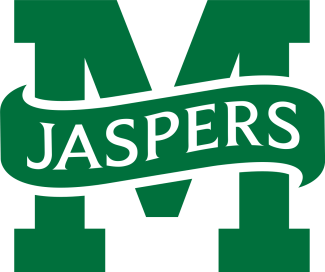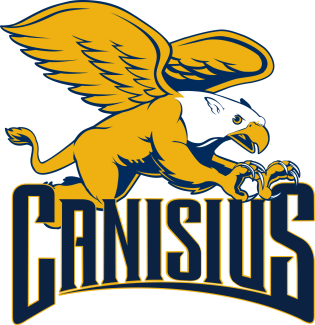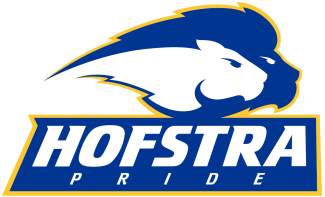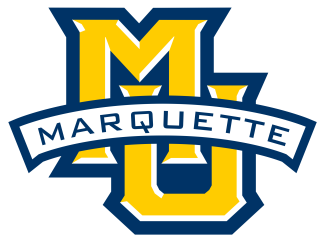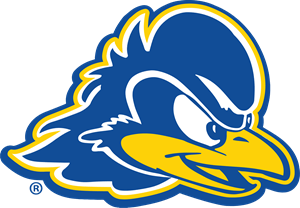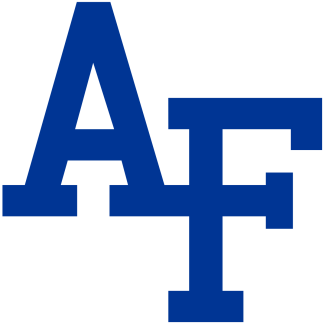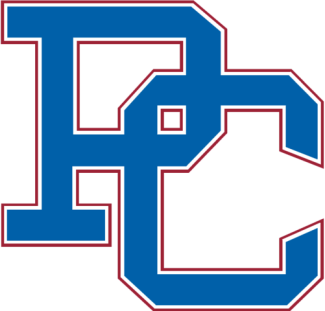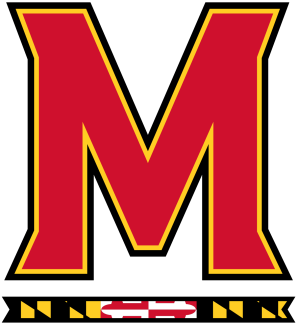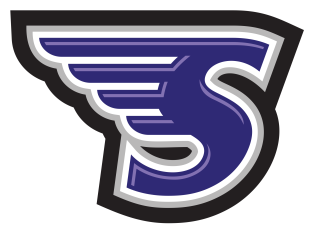Peter Laake isn’t the sort of kid to just fall down. He’s 6-feet, 200 pounds and nimble on his feet — not clumsy at all. He was starting on defense in an MIAA “A” Conference showdown with rival McDonogh, where his two younger sisters attend.
“He’s an incredibly good lacrosse player,” Loyola coach Gene Ubriaco said. “He’s a very big young man. He’s one of these rare athletes who has a big frame, great feet. He’s like a 6-handicap golfer and a shooting guard in basketball. He’s a very gifted and unique athlete, and obviously he’s unique in a lot of ways now.”
Parr and Aaron Tracy, a fellow at University of Maryland serving as Loyola team doctor this year, hoped Laake only had the wind knocked out of him as they scurried out onto the field. Others thought he may have suffered a mechanical injury, like a knee. Bob Dudas, father of McDonogh midfielder Jack Dudas, who is the Chair of General Pediatrics at Johns Hopkins All Children’s Hospital in St. Petersburg, Fla., hesitated to leave the stands initially, but he was worried.
“The way he fell was terribly concerning,” Dudas said. “It was different from someone injured who seems to be in pain and then kneels down, or the player who is pushed or trips. Peter collapsed face first without trying to break his fall.”
Parr and Tracy found Laake gasping for air. Agonal breathing is a symptom of a severe medical emergency like stroke or cardiac arrest. Tracy and Parr’s student intern, Erin Brown, together rolled Laake onto his back. When they could not find a pulse, they suspected commotio cordis and sprang into action. Others, including Laake’s parents, joined the scene.
“It was obviously a parent’s worst nightmare to see your child out there unresponsive,” said Laake’s mother, Carron. “I’m not quite sure what I said. I’m sure I scared a lot of those boys out there with my reaction. You could have heard a pin drop, except for me reacting.”
Parr had yelled immediately for two things — to call 9-1-1 and to get the AED. Jared Braverman, McDonogh’s trainer traveling with the team, was also out on the field to help and ran to retrieve the AED from Parr’s training bag on the sidelines while instructing McDonogh’s student trainer, Hunter DeCeasar, to call 9-1-1. Tracy, a former lacrosse player at Kenyon College who went on to play for the Israeli national team, began CPR. His compressions were, by all accounts, impeccable.
“It was amazing how they talked and communicated,” said Laake’s father, Pete. “It was organized chaos.”
Braverman organized crowd control around Laake after returning with the AED. Dudas was searching for a pulse in Laake’s wrist. A pair of nurses also came from the stands to help when they saw compressions beginning. Candace Cook, mother of Loyola freshman Mason Cook, is a nurse in the critical care unit at Union Memorial Hospital. She searched for a carotid pulse and helped apply the AED pads.
“It was hard for me,” Cook said. “That’s one of my son’s best friends. To see a kid that you know, it’s a little different than strangers in the CCU.”
Missy Lala, whose son Thomas is a sophomore at Loyola, kept track of the timing for when the paramedics would arrive. She also pushed the button to start the AED shock.
“I wanted to make sure they had the AED out and were able to use it,” said Lala, who works in the recovery room at Greater Baltimore Medical Center. “It was a very well run code. It was a very well executed effort by the training staff and doctors. I was laying in bed that night and thinking, ‘I don’t think there was one thing we could have done better.’”
Parr took the lead of the rescue team. Ensuring that the AED was properly used and helping to communicate through the rescue was Kyrle Preis, the former fire chief of Baltimore County and father of Keegan Preis of Loyola Blakefield. Dudas found a pulse after the initial shock, and shortly thereafter, Laake opened his eyes and seemed more alert than anyone would have anticipated.
“It seemed that he was having a bad dream, and then all of a sudden just woke up from that bad dream,” Tracy said. “He was about to sit up. He was a little confused at that point. We made sure he stayed down because we didn’t want to cause any more harm, and we wanted to make sure his pulse was at rhythm. We wanted to make sure that we didn’t need to shock him again.”
Data from the AED that had to be reported helped show how quickly aid was rendered. It took 40 seconds from the time the AED was turned on until the shock was initiated. It took 1:15 from when the AED was turned on until Laake’s rhythm normalized.
“We as the lacrosse community and even in other sports, there needs to be an increased awareness that AEDs are necessary to be nearby,” Tracy said. “The less time it takes to get the AED on the patient, the better their outcome. That was clear evidence as to what happened on Friday.”
Time meant everything in the emergency situation. After being stabilized, Laake was transported to Sinai Hospital for further evaluation and testing. Loyola and McDonogh’s teams huddled to pray together while spectators exhaled deeply.
“All these parents had been subjected to a very disturbing and traumatic experience, and there was some group catharsis knowing that the boy became responsive,” Dudas said. “We were all collectively thinking that this was such a random event and that it could have been any one of our boys. There were a lot of tears streaming down faces, including mine.”
